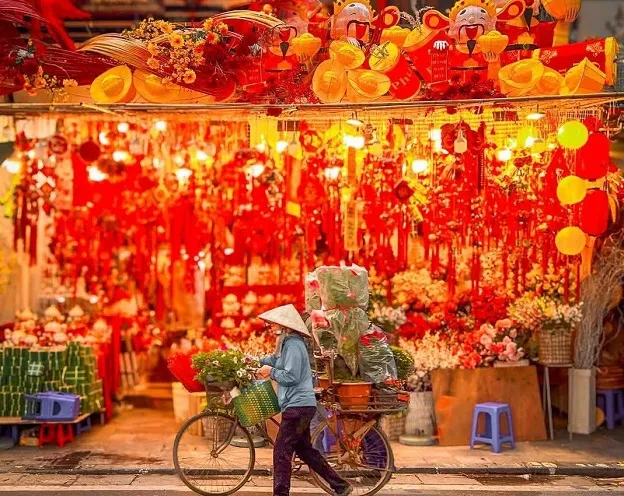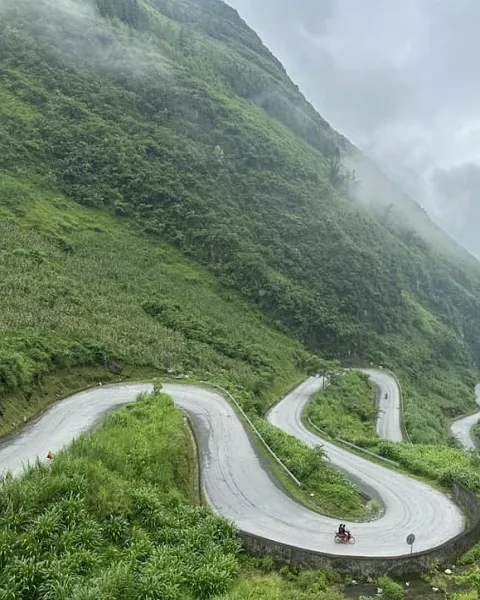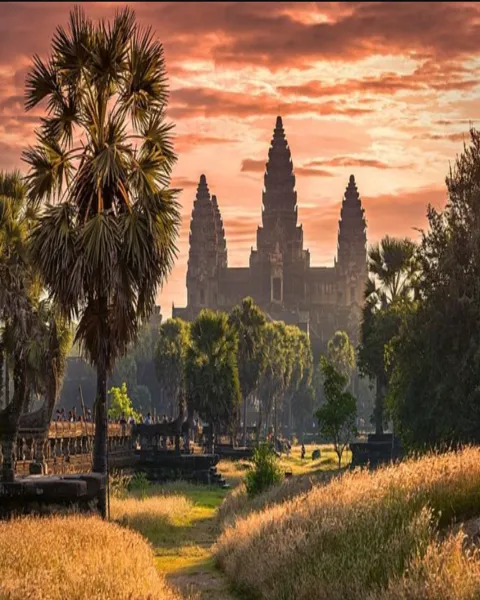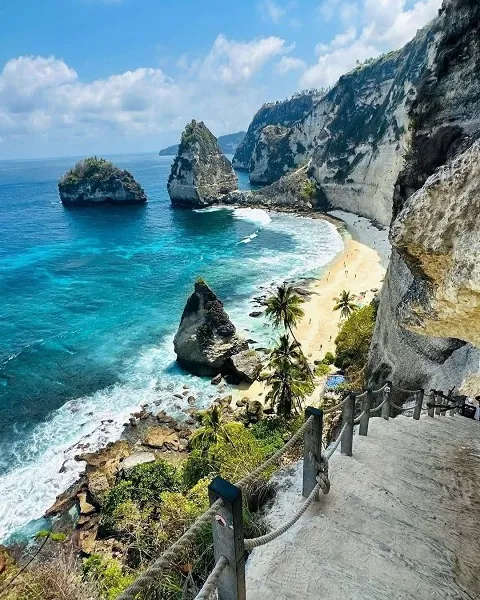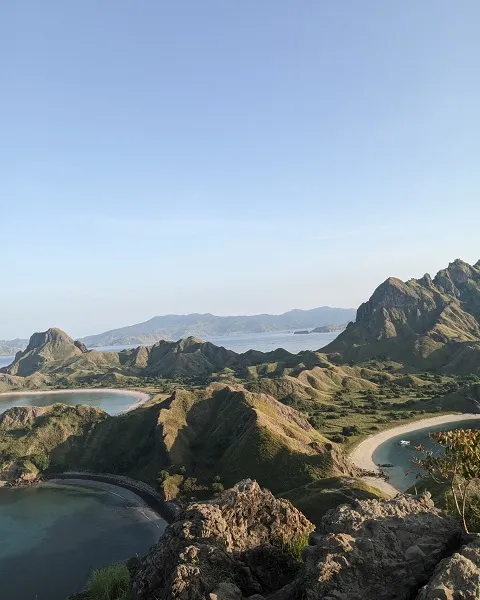
Hanoi
Vietnam, India
Northern Vietnam is a land of striking contrasts—bustling cities, serene countryside, mist-covered mountains, and emerald bays. As the cultural and political heart of the country, Northern Vietnam blends ancient traditions with modern vibrancy, offering travelers an unforgettable experience through history, cuisine, and stunning natural beauty.
Why Visit Northern Vietnam?
Northern Vietnam is home to some of the country’s most iconic destinations:
Hanoi – The capital city filled with historical landmarks, French colonial architecture, bustling street markets, and a dynamic food scene.
Ha Long Bay – A UNESCO World Heritage Site known for its emerald waters and thousands of limestone karsts and islets.
Sapa – A mountainous region famous for its terraced rice fields, ethnic minority villages, and trekking routes.
Ninh Binh – Often called “Ha Long Bay on land,” with limestone cliffs, rivers, and peaceful temples.
Mai Chau – A quiet rural valley ideal for cycling, village homestays, and immersing in traditional life.
Whether you're exploring bustling markets in Hanoi, cruising through Ha Long Bay, or hiking in the misty mountains of Sapa, Northern Vietnam promises an unforgettable blend of nature, culture, and charm.
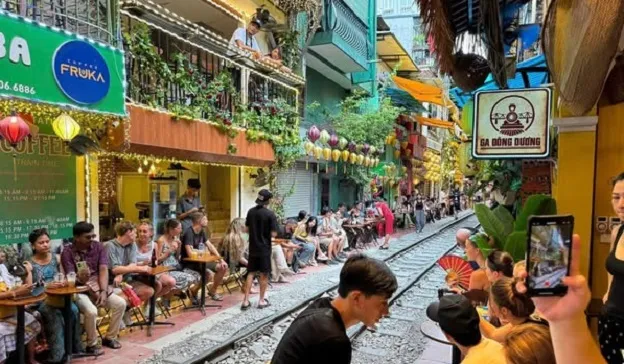
Popular Place Around
You can also visit this places

